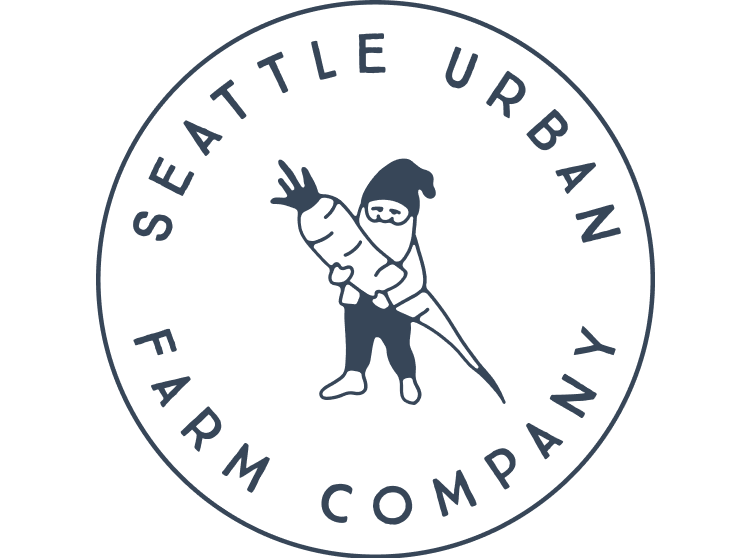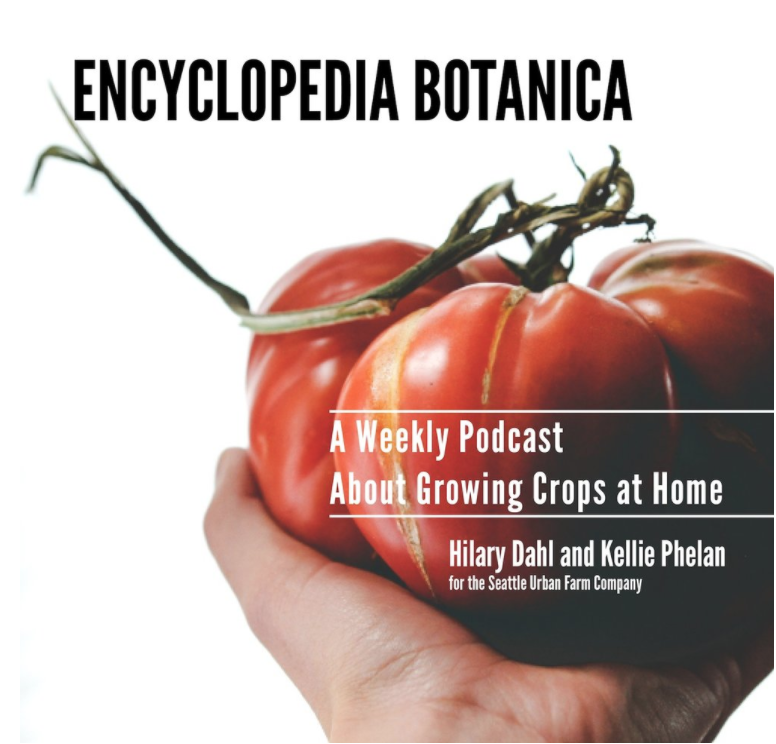Asparagus, a perennial, is a member of the family Asparagaceae and is one of the most popular perennial vegetables we plant in our client’s gardens. If a garden has space, we always suggest planting a few asparagus crowns. They grow well in our Pacific Northwest climate and asparagus cut fresh from the garden is a delicious, seasonal treat. The fresh spears, harvested late in the spring, have a unique sweetness that is similar to peas.
Plant:
Plant crowns 8 in. deep and 18 in. apart.
Asparagus can be planted from seed, but we highly recommend that you plant your asparagus from roots or crowns because planting from crowns shortens the time between planting and harvest. Crowns can be purchases at most nurseries or online.
Many asparagus varieties you will see are all-male hybrids because it is believed that male plants produce more spears for a longer period of time, even if their spears tend to be slightly smaller. This is because after the harvest season, female asparagus plants produce berries, which is essentially the seed. Like all plants asparagus uses lots of energy to produce seed. This energy the plant expends results in fewer spears the following spring.
Early spring is the best time to plant your crowns because it will give them time to sprout and photosynthesize during the warm summer months. Once the crowns have been planted, the asparagus roots will spread both vertically and horizontally underground. The roots send up the spears that we eat, so we want to encourage as much underground spreading as possible. Photosynthesis is what enables the roots to grow so it is important to leave some spears on the plant each year to absorb the sunlight, especially the first few years after planting.
Now that you know how asparagus grows, you can see why it is important to plant the crowns in loose, well draining soil. Crowns should be planted 8 in. deep, and spaced 18 in. apart. Asparagus also likes phosphorus, which is often found in compost but can also be added to the garden with an application of bone meal. We recommend you top-dress your asparagus bed with compost each fall. This will not only provide the plant with nutrients in the spring but will help protect the roots from the cold.
When planning where to plant you asparagus, it is important to remember that the spears that are left on the plant will grow up to 6 feet tall and will send out fronds. These tall spears could block out the sunlight to shorter plants if they are too close or planted to the south.
Varieties we recommend:
Jersey Knight: All male hybrid, high yielding and tolerant of heavier soils.
Sweet Purple: Produces large, tender spears that are burgundy in color.
Harvest:
If you plant asparagus from crowns, the first spears will be ready to harvest the second year the plants are in your garden. Even after your plants have become established, be sure to continue to leave some of the spears to on the plant. The first year of harvest, we recommend cutting the spears for two weeks and then leaving the rest. By the second year of harvest, or 3rd year the plant is in the ground, you can extend the harvest period but continue to leave some spears on the plant. Declining shoot diameter can be an indication that the plants are stressed. If you noticed this happening, we recommend that you cease all harvesting until the next season.







